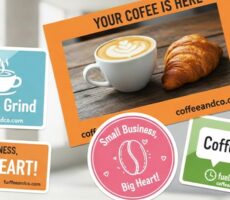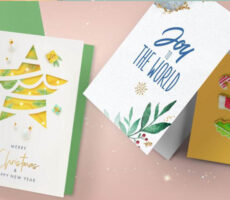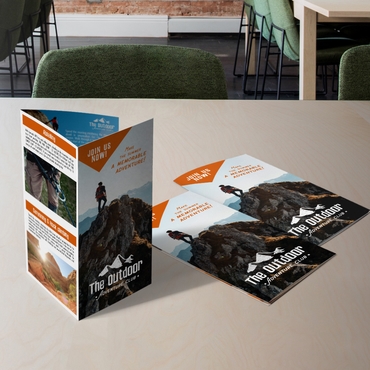A well-designed brochure gives people something they can hold, flip through, and keep. It’s not just a piece of paper, it’s a storytelling tool.
For small businesses, nonprofits, and event organizers, brochures can explain what you do, showcase products, and guide customers toward taking action, but the difference between a brochure that gets tossed aside and one that makes an impact lies in the design.
Here’s a step-by-step guide to creating brochures that actually sell your story.
Step 1: Define the Purpose
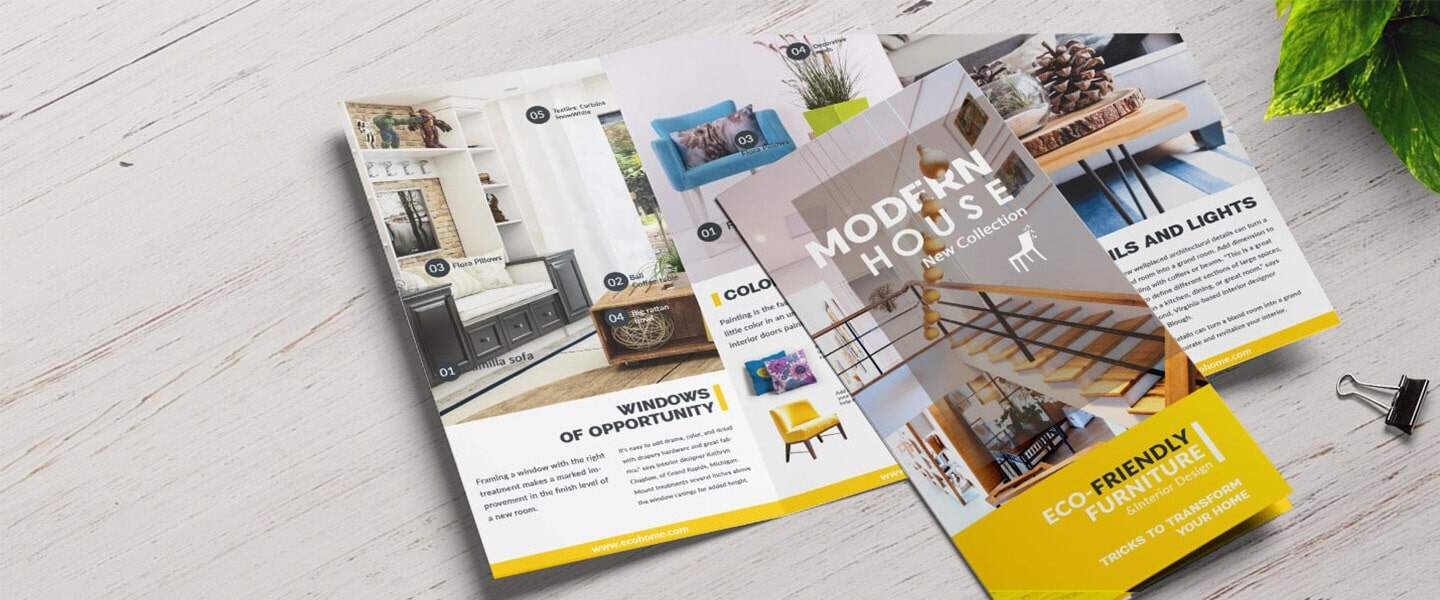
Before you start designing, ask yourself: what do I want this brochure to achieve?
- Are you promoting a seasonal event?
- Introducing your services?
- Sharing your company’s origin story?
- Driving traffic to your website?
Clarity at this stage determines everything else — the layout, tone of voice, and even which print finishes to choose. A brochure that tries to do everything often ends up doing nothing.
Related Blog: How to Design Effective Marketing Brochures
Step 2: Choose the Right Format
Not all brochures are created equal. Brochures come in multiple folds and sizes:
- Tri-fold: Classic, compact, great for service menus or quick overviews.
- Z-fold: More dynamic, perfect for storytelling or step-by-step guides.
- Half-fold: Spacious, often used for product showcases.
- Gatefold: Dramatic opening effect, ideal for big reveals or luxury branding.
Think about how you want people to interact with your brochure. If you’re walking them through a journey, for example, how your business helps solve a problem, a Z-fold can feel like unfolding a story.
Step 3: Craft a Story-First Layout
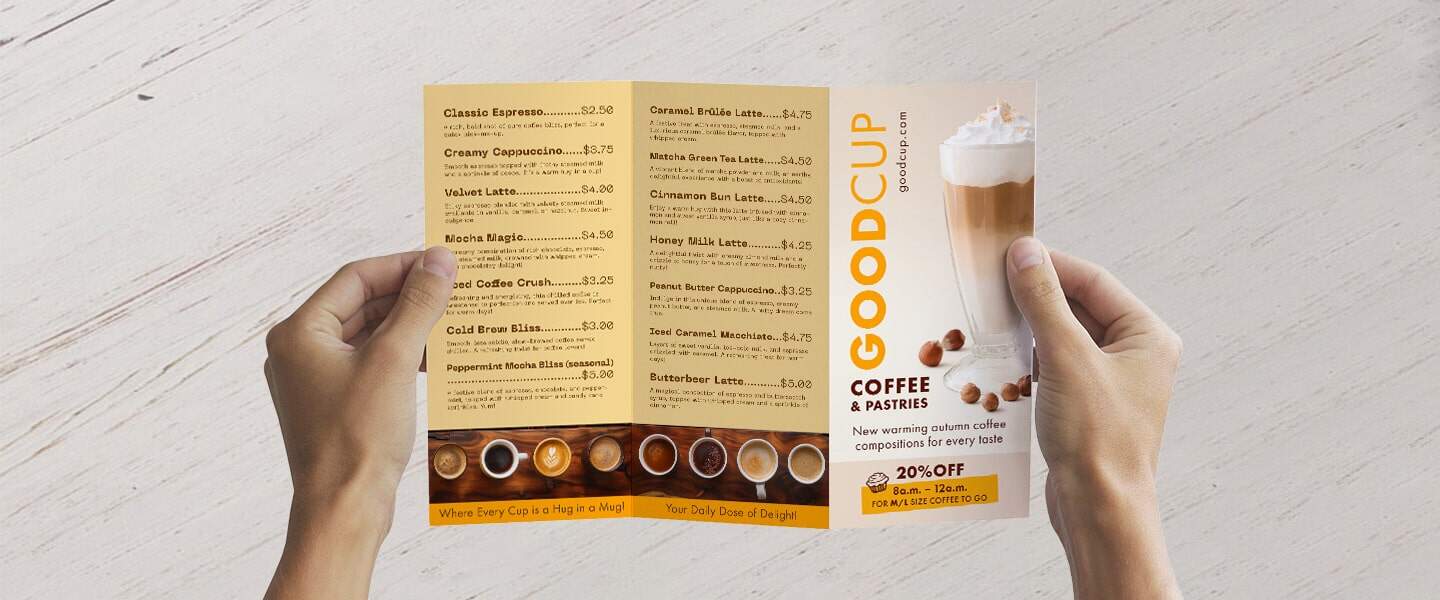
A brochure isn’t just a canvas for random text and images. It’s a story. Start with a clear headline on the front panel that sparks curiosity or highlights a benefit (“Better Printing, Faster Results”).
Inside, structure your content like chapters: introduction, details, proof, and call-to-action. Avoid clutter. White space is your friend. Each panel should have one clear focus so readers don’t feel overwhelmed.
Related Blog: Folders That Sell: How to Use Pocket & Presentation Folders
Step 4: Write Copy That Connects
The words inside your brochure should feel less like a sales pitch and more like a conversation. Use short sentences, benefit-driven statements, and language your customers actually use. Instead of saying:
❌ “We provide innovative solutions to customer-centric problems.”
Say:
✅ “We help small businesses save time and money on print.”
Every panel should end with a gentle nudge, “Call today,” “Visit our website,” or “Stop by our booth.”
Step 5: Add Visuals That Speak Louder
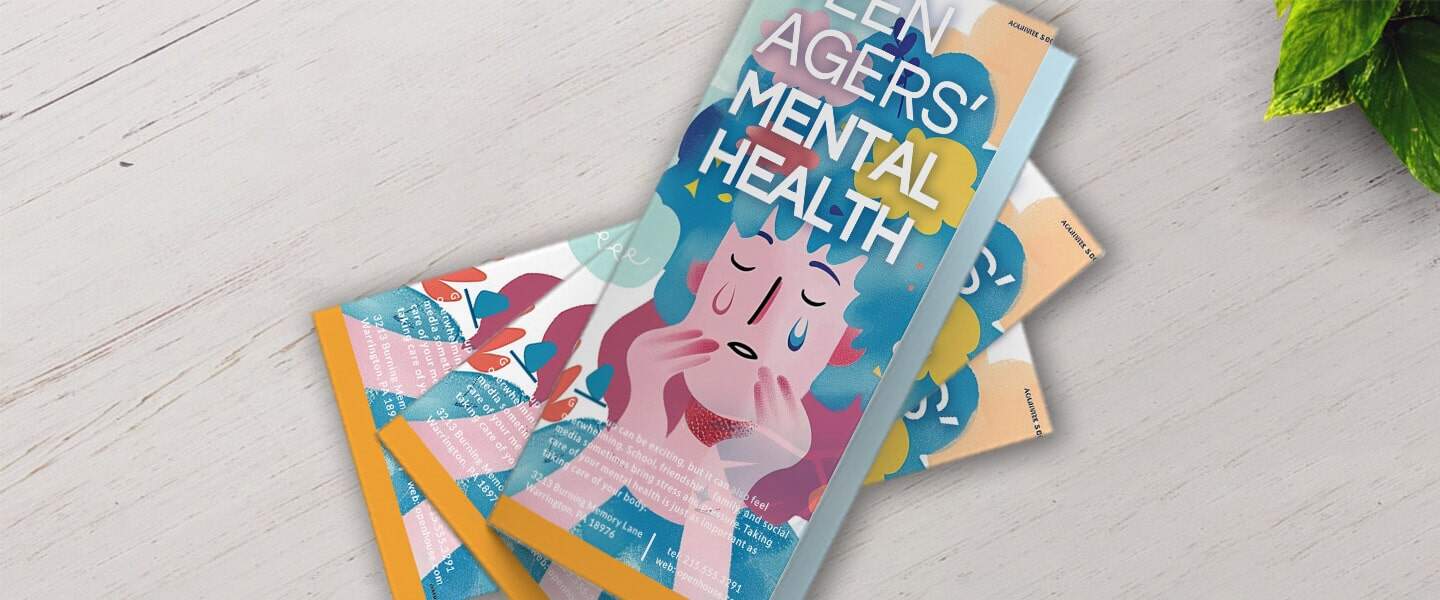
Strong imagery is what keeps people flipping. Use professional photos of your products, team, or real customers instead of generic stock art. Infographics can also break down complex ideas into digestible visuals.
And don’t forget brand consistency. Colors, fonts, and logos should align with your other marketing materials like business cards, rack cards, and posters.
Related Blog: The Science of Color in Print: Colors That Sell
Step 6: Integrate Print With Digital
A modern brochure should do more than sit on a table. Add QR codes linking to your website, menus, or booking system. Include social handles so readers can follow you online.
This way, your brochure becomes a bridge between the physical and digital world, a marketing piece that keeps working long after the event or campaign ends.
Related Blog: Surprising Print Stats Small Businesses Must Know
Step 7: Print With Quality in Mind
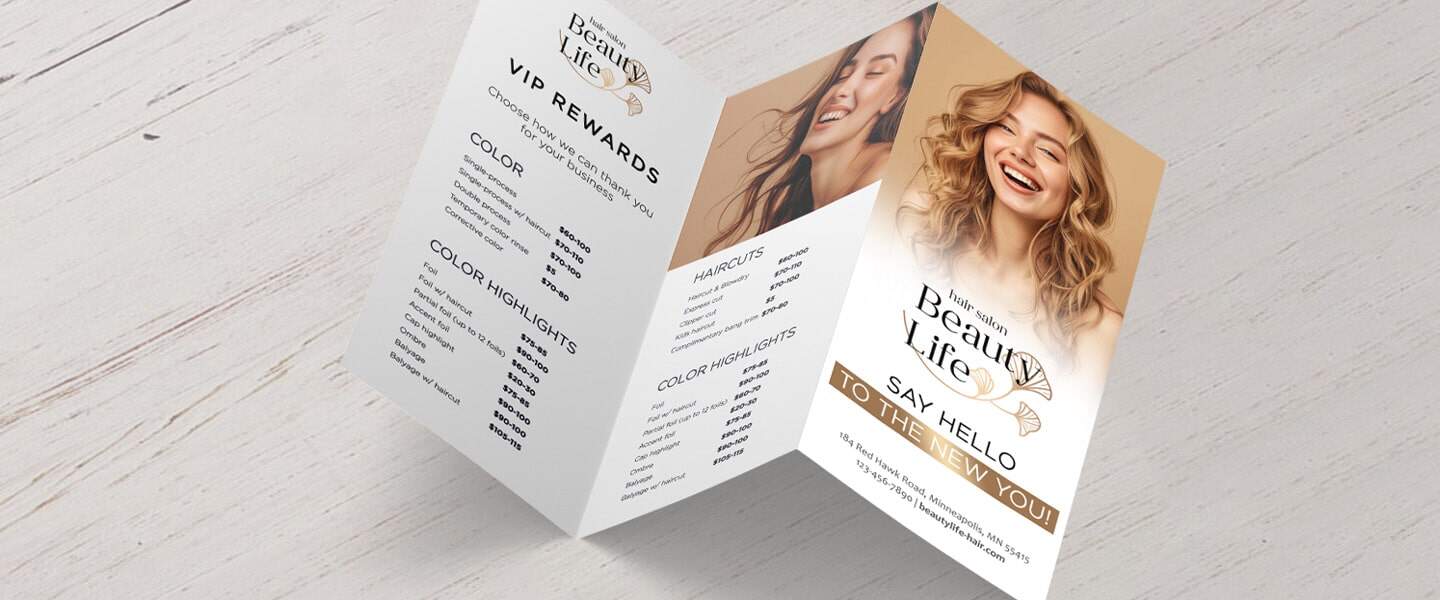
Even the best design can fall flat if the print feels flimsy. Choose paper stock and finishes that match your brand’s personality:
- Matte for a modern, understated look
- Glossy for vibrant, photo-heavy designs
- Premium folds for luxury and detail
Pair brochures with presentation folders for professional handouts at trade shows or conferences, or distribute them alongside postcards and flyers for multi-touch campaigns.
Tell Your Story, Sell Your Brand
The best brochures don’t just inform, they inspire. They leave readers with a sense of who you are and why your business matters. By following a clear structure, using visuals and copy that connect, and printing with quality in mind, your brochure becomes more than a handout. It becomes part of your brand experience.
So next time you’re preparing for a fall event, trade show, or seasonal campaign, remember: a brochure isn’t just paper. It’s your story, folded, printed, and ready to be shared.

